‘probably the most fought over and most densely fortified place in Europe, and probably, therefore, in the world’ - Field Marshal Sir John Chapple (Governor of Gibraltar 1993 – 1995). In its long history, 'Fortress Gibraltar', 'The Rock', has withstood fourteen sieges
By Nick Nutter | Updated 20 Jun 2022 | Gibraltar | History |
Login to add to YOUR Favourites or Read Later
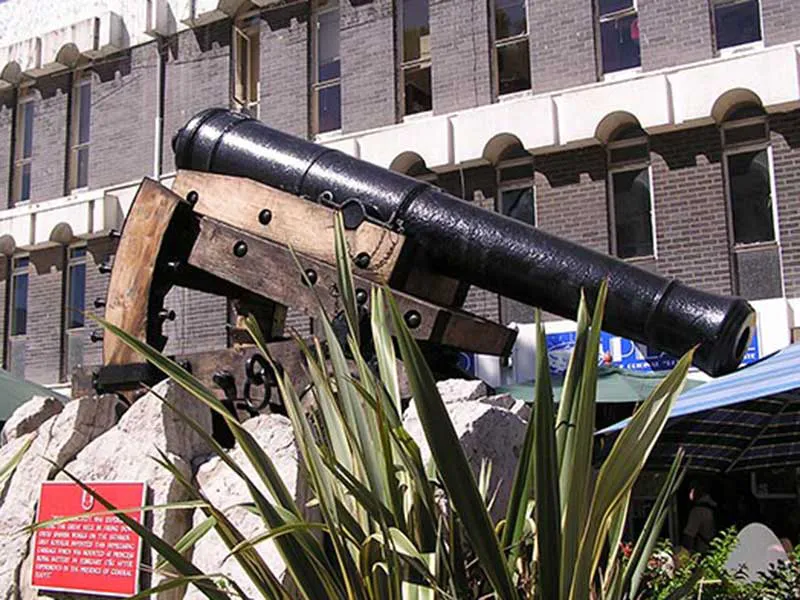
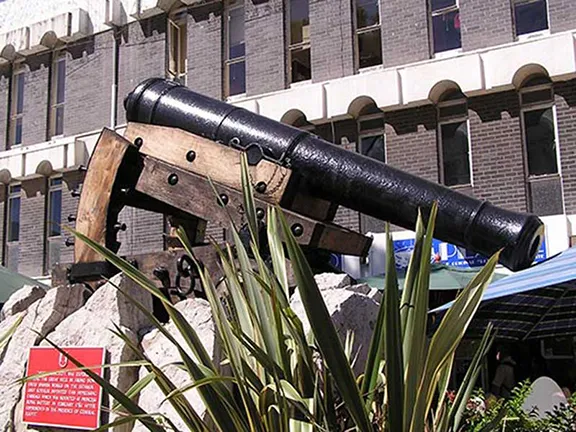
Koehler’s Depression Gun
In Casemates Square, Gibraltar, there is a most unusual weapon, a cannon with a barrel pointing towards the ground. Visitors stand and wonder how the cannon ball was prevented from rolling out before the cannon could be fired. In fact the innovative part of this cannon is the carriage that allows the gun to be depressed, the ball was held in place by the wad that was pushed up the barrel after the ball as was common practice with all muzzle loaders. The cannon is a renovated example of Lieutenant Koehler’s famous Depression Gun designed in 1782 at the height of the Great Siege. The need for such extraordinary weapons illustrates the importance of Gibraltar; incumbents went to great lengths to retain this chunk of rock strategically placed to guard the entrance to the Mediterranean Sea. In the 500 years between 1309 and 1809 Gibraltar has been besieged fourteen times, surely a record of its own.
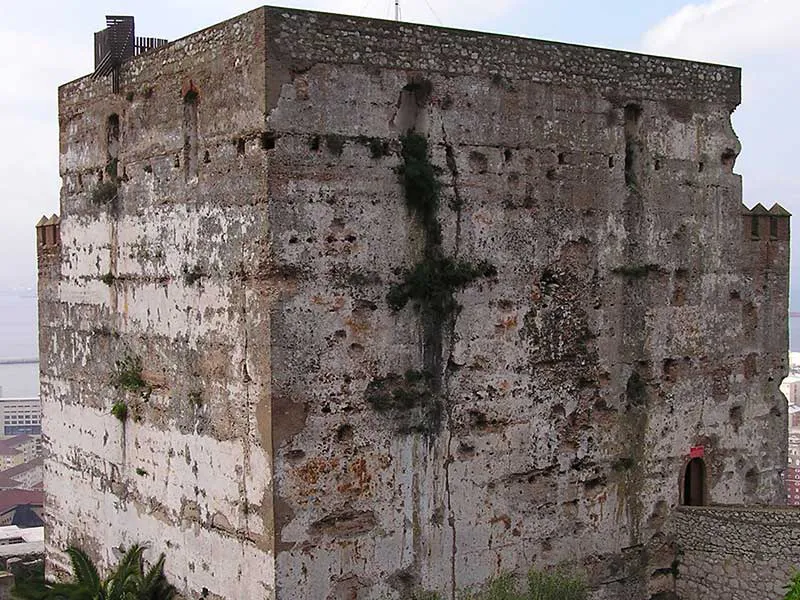
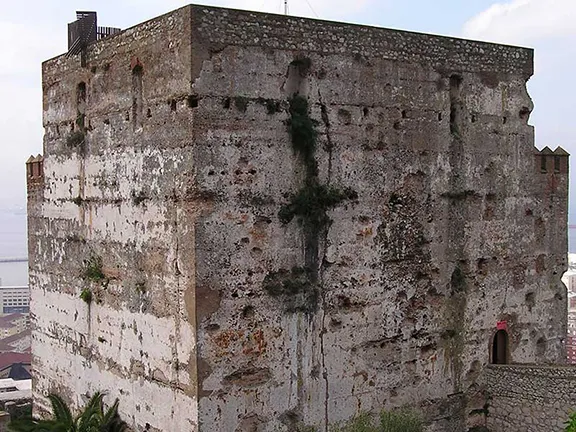
Scars of Battle on the Homage Tower Gibraltar
The first siege was in 1309. King Ferdinand IV of Castile was besieging Algeciras and charged Alonso Perez de Guzman, or Guzman el Bueno, with the task of taking Gibraltar from the Moors. Guzman accomplished this after a siege lasting one month.
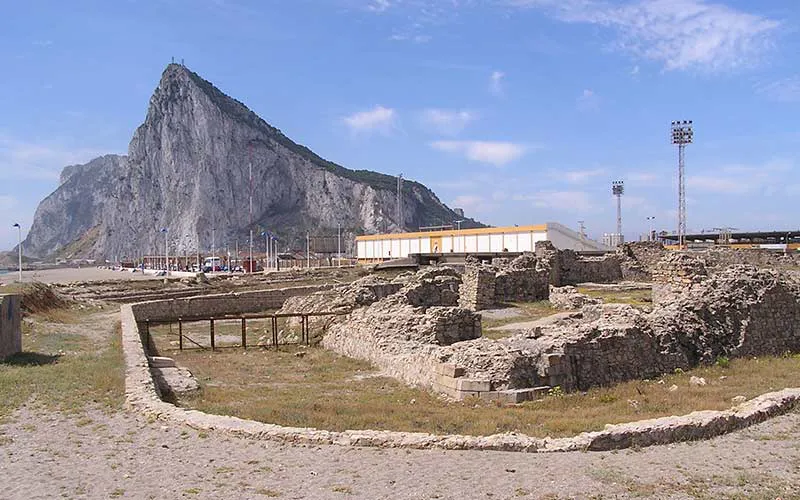
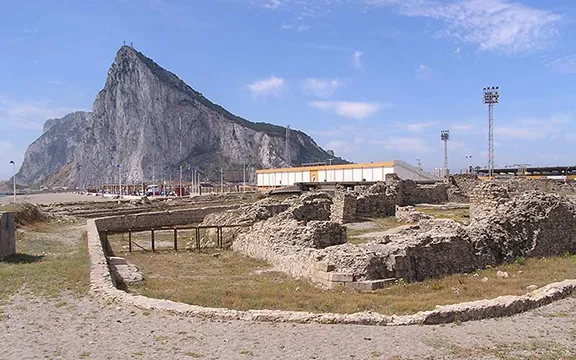
The Rock from Santa Barbara Fort
The second siege was in 1316 and was an unsuccessful attempt to retake the rock for the Muslims by Caid Yahya.
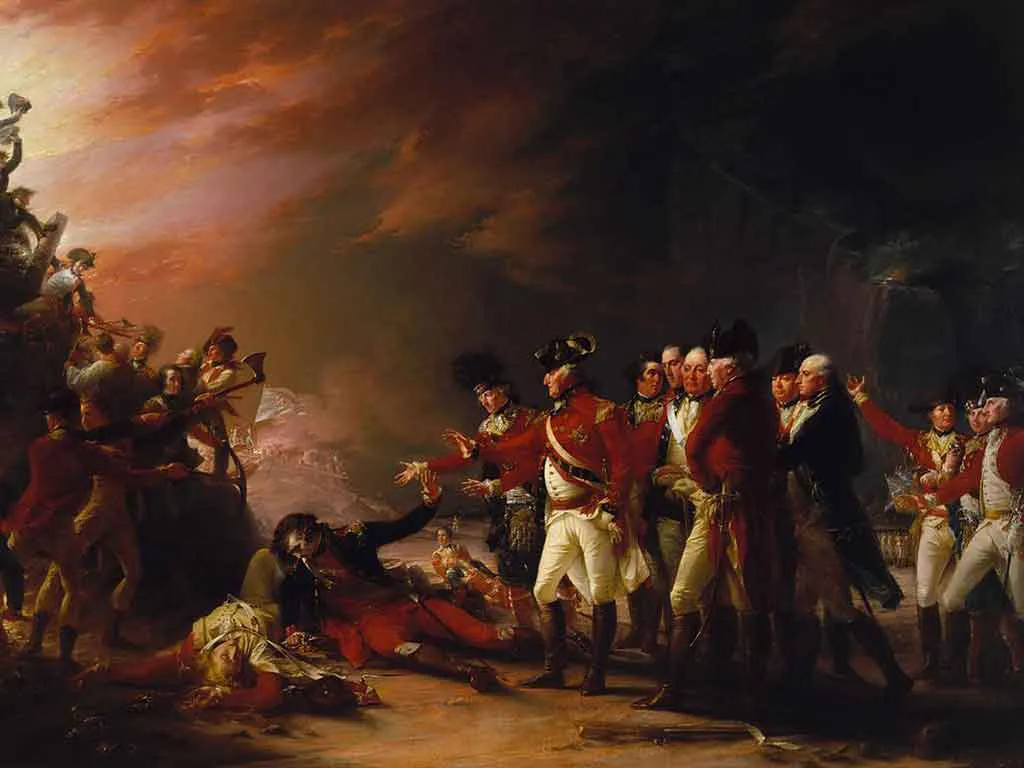
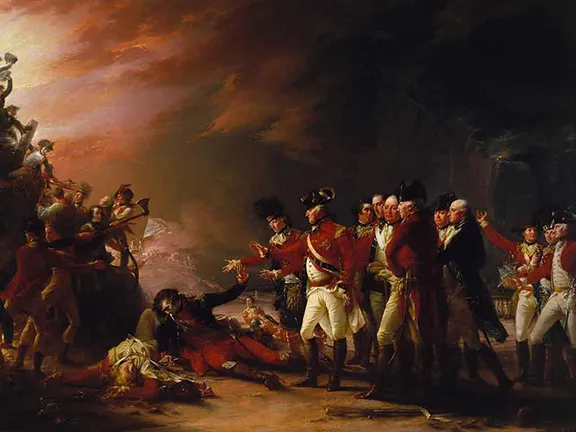
The Sortie made by the Garrison of Gibraltar, 1789
In 1333 a Marinid army that had invaded Muslim Spain led by Abd al-Malik took Gibraltar after a siege lasting 5 months.
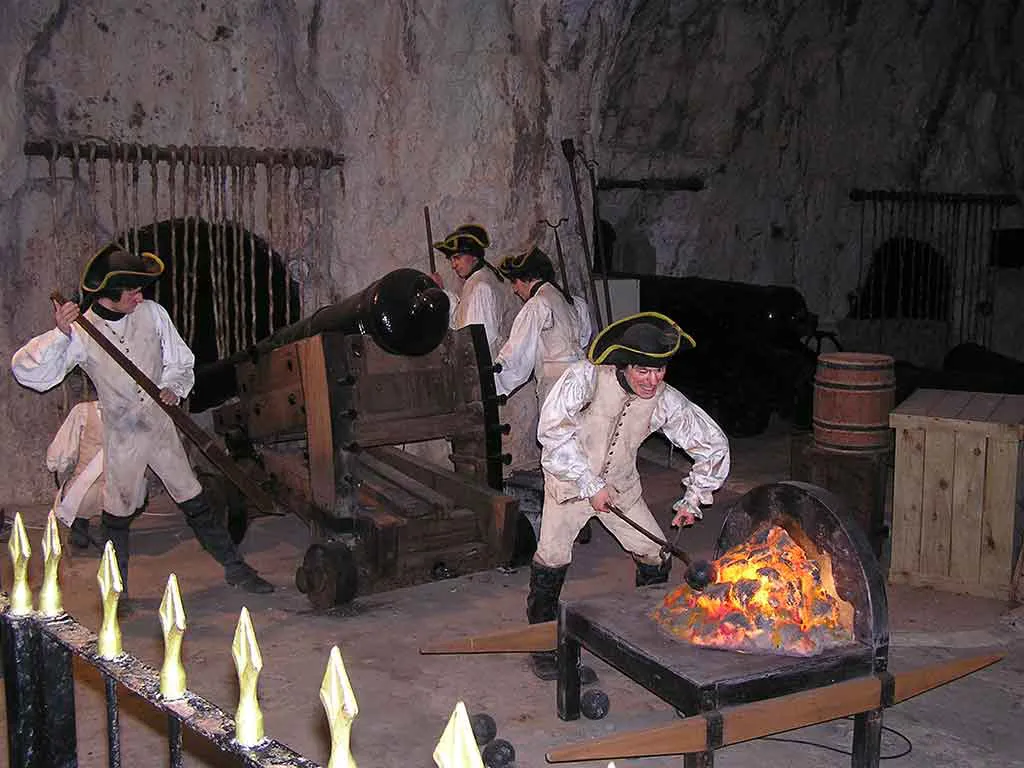
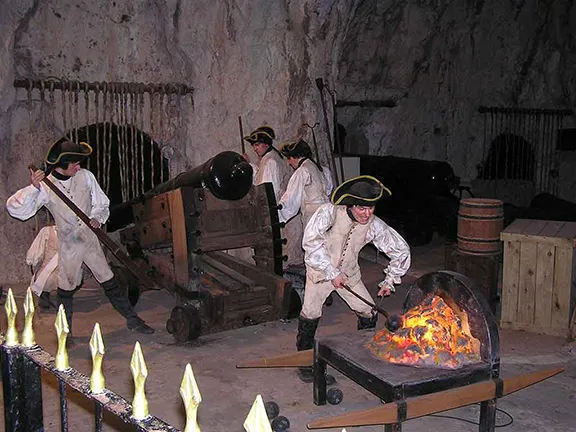
In the Siege Tunnels
This was swiftly followed by the fourth siege when, in the same year, 1333, Alfonso XI of Castile attempted to take Gibraltar for Christian Spain with the aid of a fleet. He was attacked by Nasrids from Granada and the result was a truce.
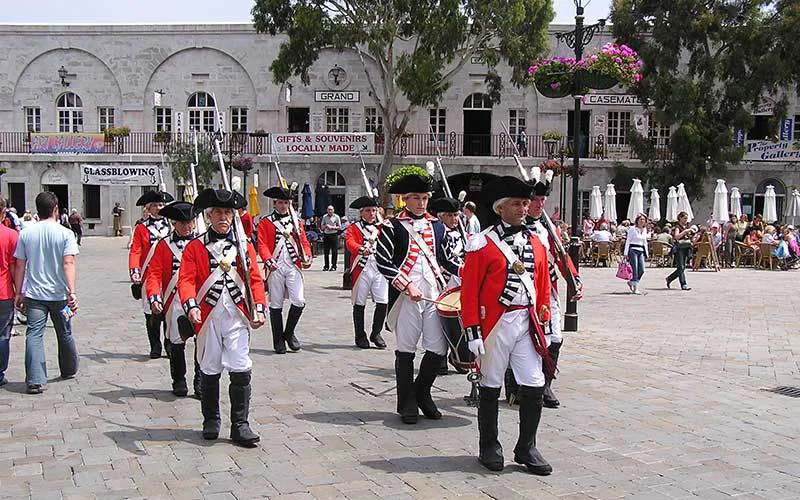
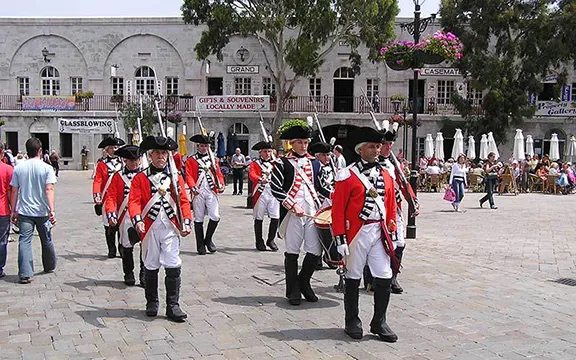
Ceremony of the Keys
In 1350 Alfonso XI tried again, on this occasion the Black Death decimated his army, including him.
The sixth siege in 1374 saw Gibraltar taken from the Marinids by the Nasrids of the Taifa of Granada.
In 1436 Enrique de Guzman, Count of Niebla unsuccessfully assaulted Gibraltar - Siege 7. Castilian forces did not retake the Rock until the eighth siege in 1462. The Homage Tower bears the scars from all these attempts to take The Rock.
Five years later, in 1467, Gibraltar was again besieged, this time for 16 months by the Duke of Medina Sidonia who was part of a nobility revolt against the monarch. He was granted Lordship of Gibraltar, a position the family held until 1501 when Gibraltar was ceded back to the crown.
In 1506 following a quarrel with Philip I of Castile, the Duke of Medina Sidonia attempted to take Gibraltar back. He failed and it was following this occasion that Gibraltar was awarded the title ‘Most Loyal City' by the Regency.
Gibraltar then stayed in Spanish hands for almost 200 years until, in 1704 during the War of Spanish Succession a combined British and Dutch fleet under George Rooke and 1,800 Dutch and English Marines under Prince George of Hesse Darmstadt besieged and took Gibraltar in three days.
This led to the twelfth siege from September 1704 until March 1705 when a combined Spanish and French army tried to take the Rock back.
From February to June in 1727 Gibraltar again found itself besieged during the Anglo-Spanish War.
Between 1730 and 1735 two massive forts were built in La Linea, Santa Bárbara on the eastern side of the isthmus and San Felipe on the west. The lines between them effectively cut Gibraltar off from mainland Spain. The Santa Bárbara fort is open to the public.
The fourteenth and final siege is known as the ‘Great Siege’ and took place between July 1779 and February 1783.
The Great Siege took place during the American War of Independence (1775 – 1783). France had belatedly joined the war in 1778, siding with the colonists against Britain and in 1779 made a determined effort with their Spanish allies to take Gibraltar by laying siege to the Rock. The purpose of a siege is to force the besieged to surrender by starving them into submission at the same time making life uncomfortable for them by means of artillery bombardments. A cannon ball factory was constructed at Jimena de la Frontera especially for the occasion. The remains can still be visited.
With 5,382 troops the Governor General of Gibraltar, General Augustus Eliott, later 1st Baron Heathfield of Gibraltar, prepared for the worst the enemy could throw at them by improving the existing fortifications and enforcing severe rationing. An example of the daily diet is on display in the Siege Tunnels today. Against all odds, Eliott inspired his troops and the Rock stayed firmly in British hands even though there was little hope of re-supply since the only way in to Gibraltar was by sea through a large blockading French fleet.
By the autumn of 1781 the French/Spanish force realised they had to force the issue and prepared for an invasion. They assembled their force in forward positions just behind the fortified wall at La Linea. On the evening of November 27th, Brigadier Ross led a raiding party through the Landport Gate. They crept up to The Lines, still visible in parts today at La Linea, and smashed the forward defences, spiked the guns and exploded three battery magazines, effectively putting an end to the invasion within one hour at the cost of five lives. The event is immortalised in a painting by John Trumbull called 'The Sortie made by the Garrison of Gibraltar, 1789'. It would take the enemy a year to prepare for another attempt giving General Eliott time to make his preparations.
In the May of 1782 General Eliott had offered a reward to anybody who could come up with a plan to get a cannon to a particular high point on the Rock called ‘The Notch’. A Sergeant Major Ince of the Company of Military Artificers (later Royal Engineers) had the idea of mining a tunnel through the rock, rather than trying to haul guns up the outside. They used crowbars, sledge hammers and gunpowder to drive a 2.4 square metre tunnel 25 metres into the limestone of Gibraltar in the first five weeks. To ventilate the fumes from the gunpowder, small holes were blasted through the sides of the tunnel. It quickly became obvious that these ventilation holes made excellent gun positions as they overlooked the enemy positions and offered excellent protection to the gunners. This first gallery was called Windsor Gallery and by the time the siege ended was 113 metres long and had four guns in embrasures along its length. Two more tunnels were excavated before 1783 lower down the north face of the Rock called ‘Kings and Queens Lines’.
Sergeant Major Ince received his reward, a horse from the Duke of Kent, Gibraltar’s Royal Governor and father of Queen Victoria, and a parcel of land on the Rock. It is still called Ince’s Farm. Tunnelling continued after the siege up to the end of the Second World War. There are now 52 kilometres of tunnel, much of which was opened up to the public in 2005. A tour of the original tunnel starts just above the Moorish castle where the entrance is guarded by a cannon dating back to Victorian times.
On September 13th 1782 10,000 men and 48 ships assembled and attacked the Rock in a last-ditch attempt to take Gibraltar. Lord Howe had already set sail from England with a fleet to relieve the besieged garrison. The British had no monopoly on good ideas. For this attack the Spanish had devised a weapon called the Floating Batteries. These were built of timber one metre wide, packed with wet sand and mounted cannon. The idea was to float the batteries close to the fortifications for a more effective bombardment. They were declared fireproof and unsinkable. In return the British re-invented a technique they called the hot potato, cannonballs heated to white heat in a furnace before being fired at the floating batteries. They were very successful as is shown in a painting by John Singleton Copley, ‘The Defeat of the Floating Batteries at Gibraltar’. News of the sinking of the floating batteries reached Lord Howe who made haste to take advantage of the confusion amongst the enemy.
The relief fleet arrived on the 11th October 1782 to put an end to any further attempts by the combined and dispirited French/Spanish force. A few months later, in February 1783, the American War of Independence ended. Although not an overall victory for Britain, we did lose America after all, the Great Siege of Gibraltar is seen as one of the most decisive battles in history. The British garrison strength during the siege was between 5,500 and 7,000 men and 96 guns. They faced a combined French/Spanish force of 40,000 men and 246 guns led by the Duc de Crillon. The British lost 333 men killed in fighting and 536 to disease brought on by malnutrition with 911 wounded. The enemy suffered 5,000 casualties who were killed, wounded, captured or missing at the end of the engagement.
During the Great Siege, at dusk each day, a patrol would march between the five gates in the walls of the town and lock them before presenting the keys back to the Governor. Every Saturday lunchtime a ceremony re-enacting the ‘Ceremony of the Keys’ is performed in Casemates Square.
When the Duc de Crillon was shown the fortifications and Siege Tunnels after the war he declared the engineering feat was, ‘Worthy of the Romans’.